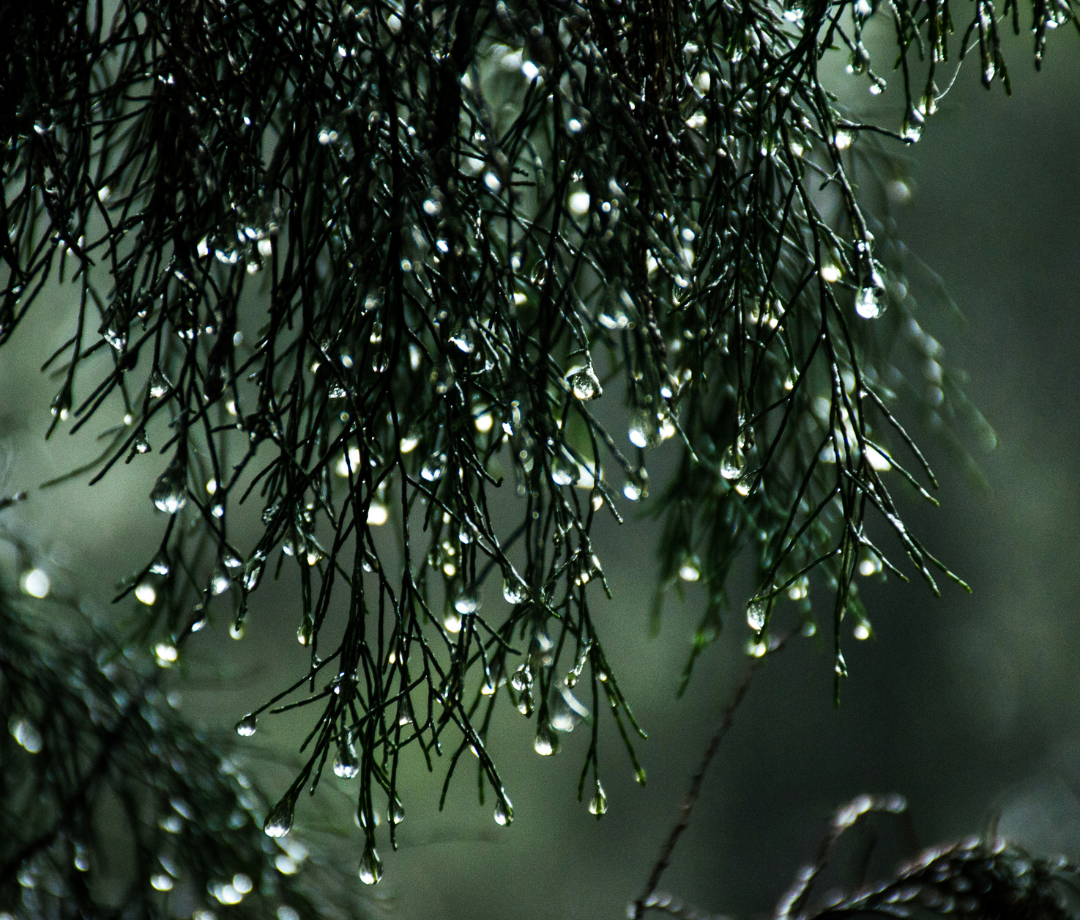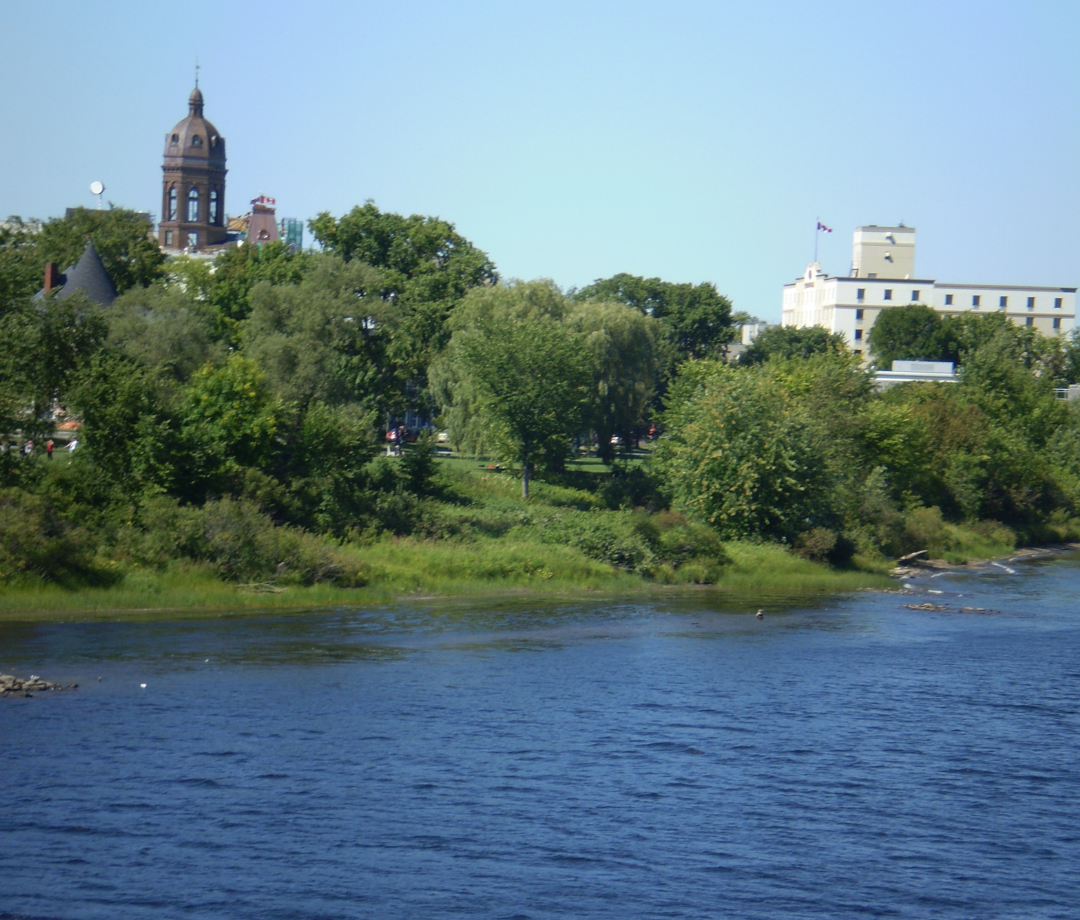What Is Humidity?
Humidity is the amount of water vapour in the air. There are two ways humidity is measured: absolute humidity and relative humidity. The first way to measure it is absolute humidity, which measures how much water vapor is present based on the grams of water vapor in an average cubic meter. The second way to measure it is the one more commonly used in everyday weather reports, known as relative humidity. Relative humidity is expressed as a percentage, specifically the percentage of water vapour in the air compared to how much water vapour can be held in the air. For example, a humidity of 60% means that the amount of water vapour in the air is 60% of the maximum at that temperature. The most humid cities in Canada have more water vapour in the air than the other cities in the country.
Humidity often makes it feel hotter than it really is outside. This is because a lot of water in the air makes it difficult for sweat on the body to properly evaporate, which is an important part of the body’s cooling system. This is the reason a humid day in summer will likely make it feel even hotter than it normally is.
Why Are Some Cities More Humid Than Others?
There are a few reasons why some cities would be more humid than others. Since humidity is about the amount of water in the air, an area’s proximity to water is the most important aspect in determining how humid an area is. Being next to an ocean will likely make a place very humid, and being completely landlocked will very much lower the amount of humidity a place will get. For this reason, islands and coastal cities will generally have the highest levels of humidity, while cities that are near smaller bodies of water, like lakes and rivers, will also likely have relatively high humidity.
Wind coming from a location that has water will also increase your humidity. For example, if there is an ocean 50 km to the west of where you live, and the wind often blows east from the ocean to your location, your location will likely be more humid, as the humid air blows from the ocean to your location.
Below are some of the most humid places in Canada. Please note that they use relative humidity, not absolute humidity.
Halifax, Nova Scotia
Averaging over 85% humidity in the morning and over 70% humidity in the afternoon, Halifax is one of the most humid cities in Canada. Being right on the coast of the Atlantic Ocean certainly means that there is plenty of water available to evaporate into the air and remain there, boosting humidity. When visiting Halifax, make sure to check out the group of historic properties that provide an 18th-century aesthetic, and Casino Nova Scotia for some gambling fun.
Hamilton, Ontario
Being right on the edge of Lake Ontario, it’s no surprise that Hamilton has over 85% humidity in the morning, and generally is at bout the mid-60s in the afternoon. When there, make sure that you check out Adventure Village for some family fun, and the Canadian Warplane Heritage Museum, where you’ll get to see the only Lancaster Bomber still operational in North America.
Kitchener/Waterloo, Ontario
Humidity in Kitchener approaches 90% on average, with afternoon humidity approaching 75%, making it one of the most humid cities in Canada. When you’re in this city, be sure to stop by the Grand River Rocks climbing gym and the Adventure Rooms Canada escape room.
Moncton, New Brunswick
Yet another Atlantic city, it shouldn’t be surprising to see that Moncton is one of the most humid cities in Canada. Averaging in the high 80s in the morning, and the low 60s in humidity during the afternoon, Moncton certainly gets its share of humid days. When there, make sure you check out Magic Mountain water park and the Magnetic Hill Zoo for some fun experiences that you can remember this city by.
Peterborough, Ontario
With humidity often pushing 90% in the morning and usually going beyond 60% in the afternoon, Peterborough can be quite humid. When you’re there, a couple of fun places you can check out include Escape Maze Incorporated and Milltown Mini Golf, both of which are fun and safe activities for all ages.
Quebec City, Quebec
With mornings seeing humidity that is often in excess of 80% in the morning, and pushing 65% in the afternoon, Quebec City is the most humid city in Quebec. This city is absolutely beautiful, and if you want to see the experience of the city firsthand, check out the Quebec City Guided Sightseeing Cruise and the Old Quebec City Walking Tour.
St. John’s, Newfoundland
Further north than many of the other places on this list, St. John’s still gets a lot of humidity due to its close proximity to the Atlantic Ocean. Its humidity often lands at over 85% in the morning and often reaches 75% in the afternoon, giving it the most humid afternoons in Canada. Some fun things to do in this city include the 2 Hour Award-Winning Whale and Seabird Boat Tour, allowing you to see plenty of ocean life that can’t be seen anywhere else in the country.
Vancouver, BC
One of the largest cities in the country, and being right on the Pacific coast, it shouldn’t be a surprise that Vancouver is on the list, averaging about 85% morning humidity and 70% afternoon humidity. There are many things to see here, but two of the lesser-known ones are the Museum of Anthropology and VanDusen Botanical Garden.
Victoria, BC
Victoria is the one city that could challenge St. John’s as the most humid city in Canada. Victoria averages over 90% humidity in the morning, with the humidity still reaching 70% in the afternoon. A couple of places to check out while visiting her include Beacon Hill Park and the Royal BC Museum.
Winnipeg, Manitoba
Being so close to the edge of Lake Winnipeg, this city gets a surprising amount of humidity. Humidity in Winnipeg is over 80% in the morning and over 60% in the afternoon, which is higher than anywhere else in the prairies. When here, make sure to check out St Viral Park and Speed World indoor go-karts.



